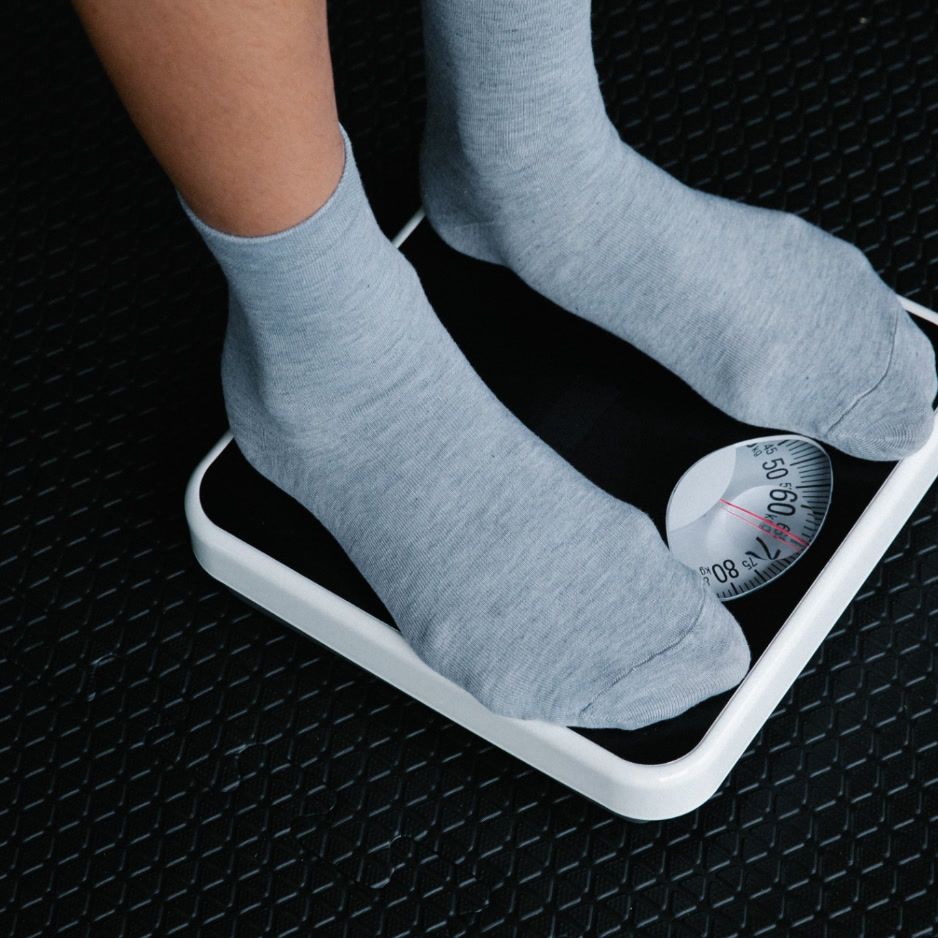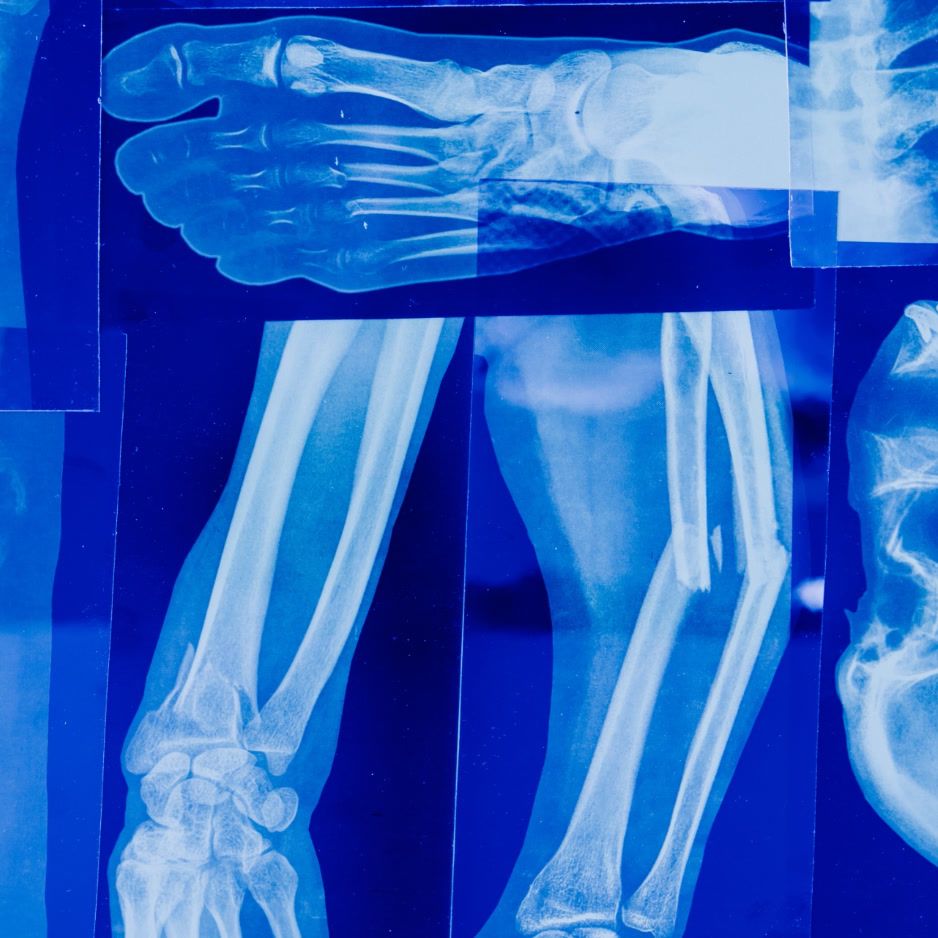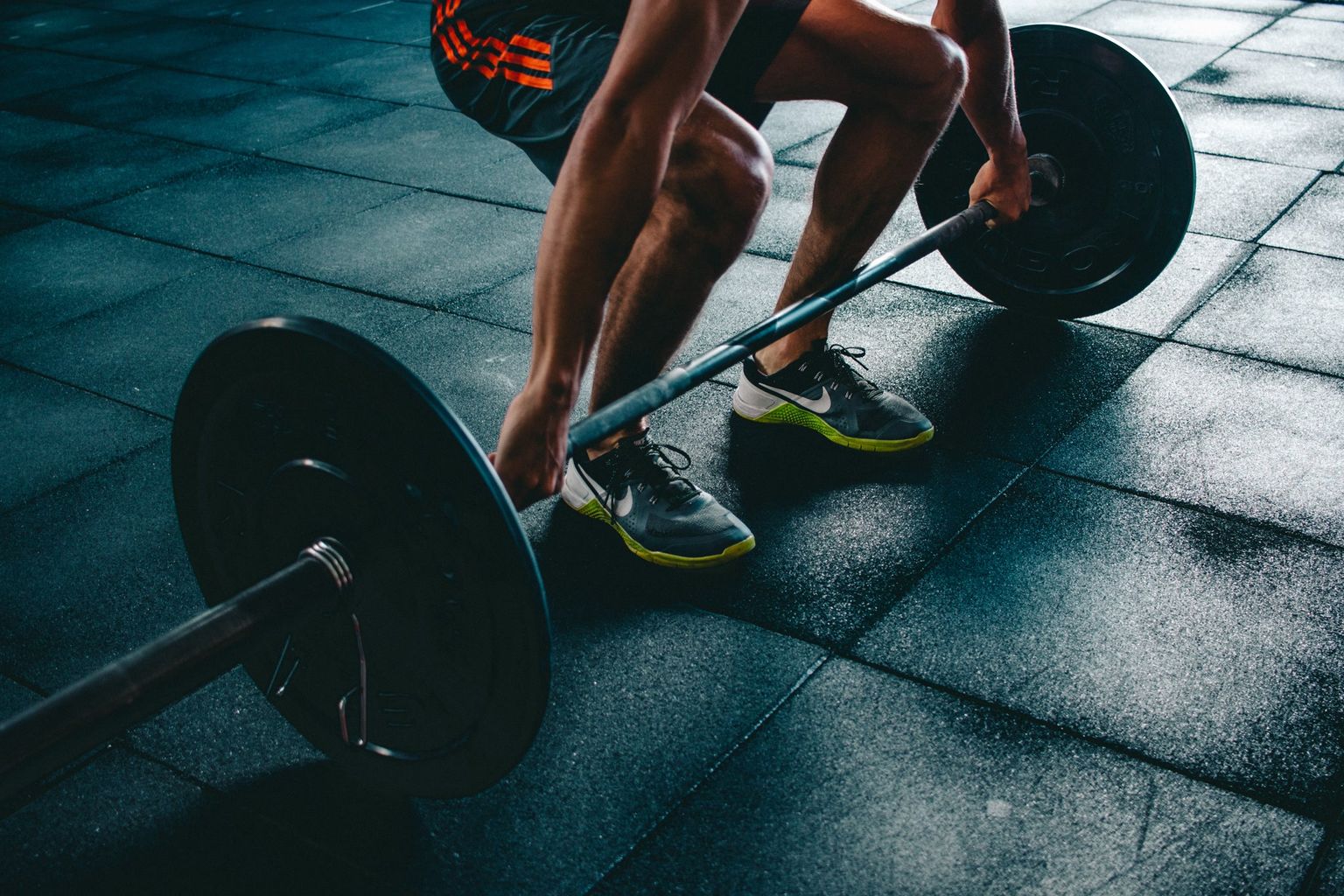How to Get Big Traps: The Ultimate 12-Week Blueprint

How to Get Big Traps: The Ultimate 12-Week Blueprint
The trapezius—or “traps” for short—gives your upper back that coveted three-dimensional look while anchoring posture and shoulder health. Yet many lifters hammer rows and presses and still struggle to make their traps pop. This guide solves that problem with:
- a concise breakdown of trap anatomy so you know why each exercise matters;
- beginner-friendly and advanced movements explained step by step;
- a science-backed 12-week progression plan (strength → hypertrophy → specialization);
- home and minimal-equipment swaps for every drill;
- recovery, nutrition, and measurement tips—including why a BodySpec DEXA scan is the gold standard for tracking real muscle growth.
Whether you’re a college newbie, seasoned powerlifter, or desk-bound professional looking to fix neck tension, you’ll find a section tailored to you. Let’s build some traps.
Quick Anatomy: Upper, Middle, and Lower Traps
Think of the trapezius as a three-layered kite stretching from the base of your skull to the mid-back and across the shoulders. Each region performs a unique job:
| Region | Origin & Insertion (simplified) | Primary Actions |
|---|---|---|
| Upper | Base of skull → outer clavicle | Elevates shoulders (shrug), assists neck rotation |
| Middle | Cervical/thoracic spine → scapular spine | Retracts shoulder blades |
| Lower | Mid-thoracic spine → root of scapular spine | Depresses & upwardly rotates scapula |
Healthy, strong traps stabilize the scapula during every overhead press, pull-up, or throw you perform. Weak or imbalanced fibers can show up as rounded shoulders, chronic neck tightness, or stalled lifts. (Cleveland Clinic)
Training Principles That Make Traps Grow
- Progressive Overload
Increase total weekly volume (sets × reps × load) or intensity every 1–2 weeks. - Optimal Rep Ranges
Muscle hypertrophy occurs across 6–30 reps when sets are taken near failure, but 8–12 reps remains a sweet spot for most lifters according to the American College of Sports Medicine (ACSM Position Stand). - Frequency
Many lifters find traps recover quickly, which allows for training them 2–3 times per week without excessive soreness. - Mind-Muscle Connection
Traps respond to focused scapular movement rather than elbow flexion. Think “drive the shoulder blades, not the arms.” - Train Near Failure
Finish most working sets with only 1–3 Reps in Reserve (RIR)—the number of clean reps you could still perform if pushed—to maximize muscle-building tension without sacrificing form.
The Best Trap-Building Exercises (Gym Edition)
1. Barbell Shrug
Targets: upper traps
Stand tall with feet hip-width and a bar at mid-thigh. Keep arms straight and neck neutral; shrug shoulders straight up toward your ears without rolling forward. Pause briefly, then lower under control. Pro-Tip: Avoid shoulder rolls—the path should be straight up and down to keep tension on the upper traps.
2. Dumbbell Farmer’s Carry

Targets: upper & middle traps, core
Pick up heavy dumbbells or kettlebells with shoulders down and back, ribs stacked over hips. Walk at a steady pace, breathing through the nose and avoiding side-to-side sway. Common Mistake: Letting shoulders creep upward—focus on packing them down to load the traps safely.
3. Rack Pull (Below Knee)
Targets: upper traps & spinal erectors
Set safety pins just below the kneecap. Grip the bar outside the thighs, brace the core, maintain a neutral spine, and drive through the heels to stand tall, finishing with a strong shoulder shrug. Pro-Tip: Keep shins nearly vertical—excess forward knee travel shifts tension off the traps.
4. Chest-Supported T-Bar Row
Targets: middle traps & rhomboids
Lie chest-down on the pad, feet anchored. Pull elbows toward your hips and pinch the shoulder blades together, keeping the torso still throughout the lift. Common Mistake: Jerking the weight—use a smooth pull and a one-second squeeze at the top.
5. Face Pull (Cable or Band)
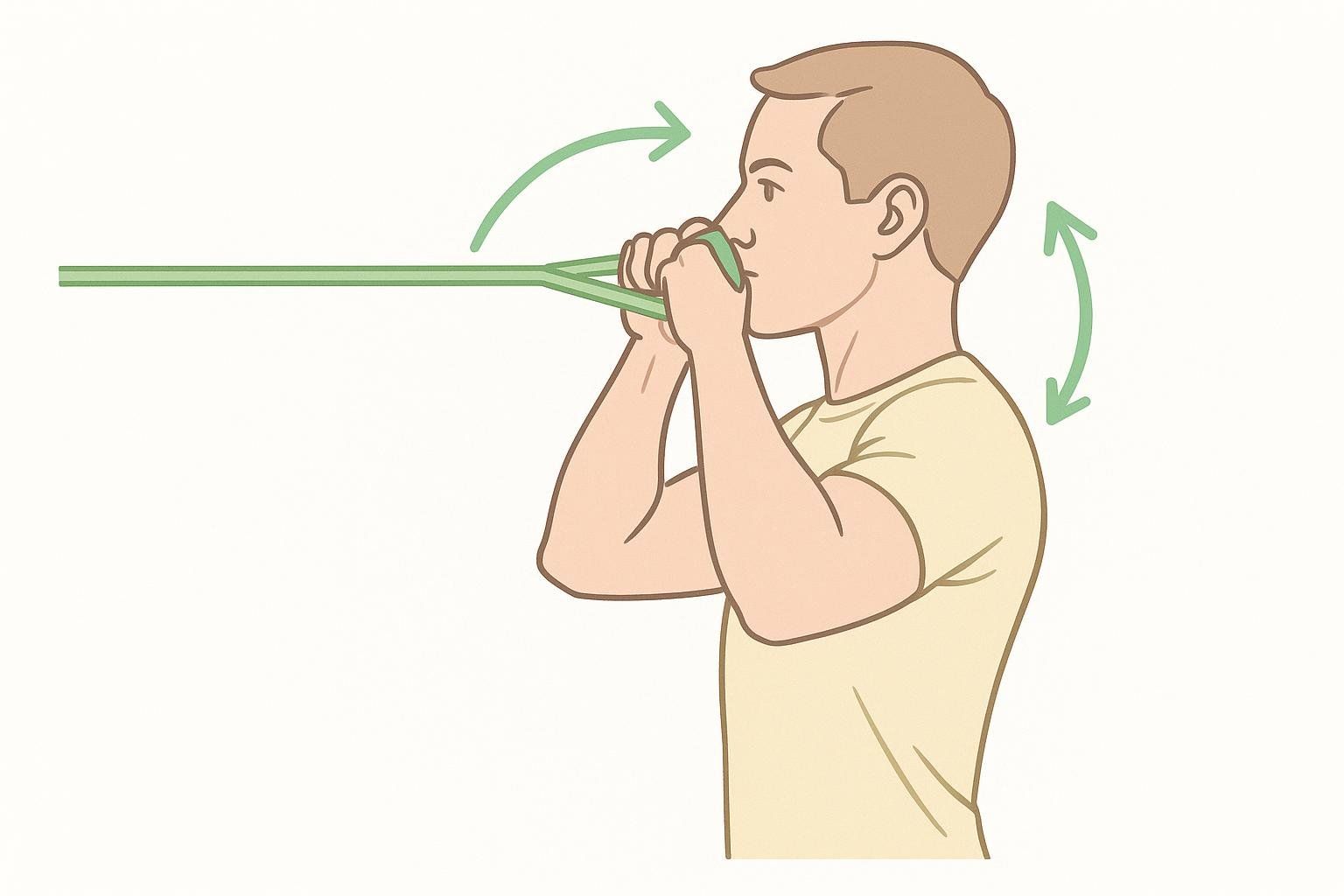
Targets: middle/lower traps, rear delts
Set a cable or band at eye level. Pull the rope toward the bridge of your nose, finishing with thumbs pointing behind you and shoulder blades depressed. Pro-Tip: Avoid arching the low back; keep ribs down to isolate the scapular muscles.
6. Snatch-Grip High Pull
Targets: entire trap complex + power
Take a wide snatch grip; hinge to mid-shin, then explode upward with hips, knees, and ankles. Keep elbows high and outside as the bar rises to sternum height. Pro-Tip: Think “jump, shrug, pull” to drive the bar with hip power—not just arms.
7. Prone Y-Raise
Targets: lower traps
Lie chest-down on a 30° incline bench holding light dumbbells, thumbs up. Raise arms in a 45° “Y,” squeezing lower traps while keeping elbows mostly straight. Common Mistake: Lifting weights too heavy—use light loads to prevent upper-trap takeover.
8. Kelso Shrug (Bench-Supported)
Targets: upper traps under load without spinal compression
Lie face-down on a flat bench with a dumbbell in each hand, arms hanging straight. Without bending the elbows, shrug the shoulder blades toward the ceiling, then lower slowly. Pro-Tip: Hold the peak contraction for a full second to reinforce scapular elevation strength.
Minimal-Equipment & Home Variations
| Gym Drill | Home Swap | How-To |
|---|---|---|
| Barbell Shrug | Backpack shrug | Fill a sturdy backpack with books, grasp top straps; lift shoulders straight up toward ears, pause, then lower—no shoulder rolls. Pause for one full second at the top to maximize trap activation. |
| Farmer’s Carry | Heavy grocery tote carry | Hold one tote per hand, shoulders down/back, core braced; walk 3 × 30–60 s in a straight line. Keep wrists neutral and imagine a string pulling your head tall to avoid slouching. |
| Face Pull | Resistance-band face pull | Anchor band to door hinge at eye level; split stance; pull band toward nose, rotate shoulders outward at finish. End with wrists slightly higher than elbows to encourage external rotation. |
| Rack Pull | Elevated backpack deadlift | Place weighted backpack on a sturdy, low step; hip hinge with neutral spine, grip straps, and stand tall by driving hips forward. On the descent, push hips back like you’re closing a car door to load the posterior chain. |
| Prone Y-Raise | Floor Y-raise | Lie prone on a mat, arms in “Y,” thumbs up; lift arms a few inches, engaging lower traps, hold 1 s, lower slowly. Avoid shrugging—the movement comes from squeezing the shoulder blades, not neck tension. |
Need more ideas? Check our resistance band starter guide for 10 additional swaps.
The 12-Week Bigger Trap Program
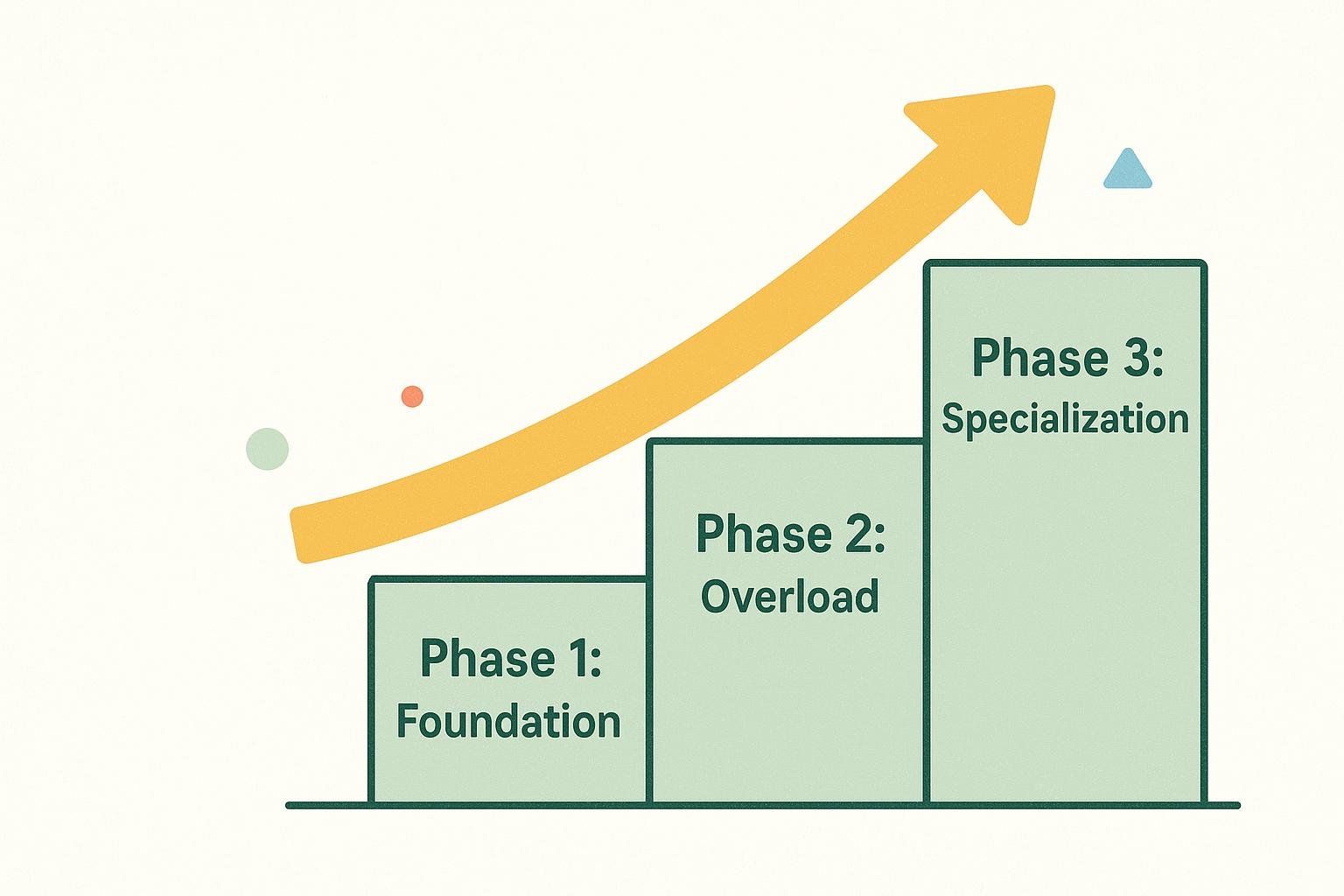
The plan runs 3 sessions per week—A, B, and C—rotated every other day. Rest 60–120 seconds between sets.
| Phase | Weeks | Goal | Weekly Schedule | Key Variables |
|---|---|---|---|---|
| Foundation | 1–4 | Movement mastery & volume build | Alternate A and B — Week 1: A–B–A, Week 2: B–A–B | 3 × 12 each exercise; RIR 3 |
| Overload | 5–8 | Strength + hypertrophy | Standard A–B–C rotation | 4 × 8–10; progressive weight jumps |
| Specialization | 9–12 | Peak trap stimulus | Standard A–B–C rotation | Isolation moves 4 × 15; power pulls 6 × 3; heavy rack pulls 3 × 5 |
Session A (Upper-Trap Focus)
- Barbell Shrug — 4 × 10–12
- Farmer’s Carry — 3 × 30–60 s
- Kelso Shrug — 4 × 10–12
Session B (Mid-Trap Focus)
- Chest-Supported Row — 4 × 8–10
- Band Face Pull — 4 × 15
- Plank — 3 × 60 s
Session C (Full-Trap & Power Focus)
- Snatch-Grip High Pull — 6 × 3
- Prone Y-Raise — 4 × 15
- Rack Pull — 3 × 5
Posture & Rehab Corner
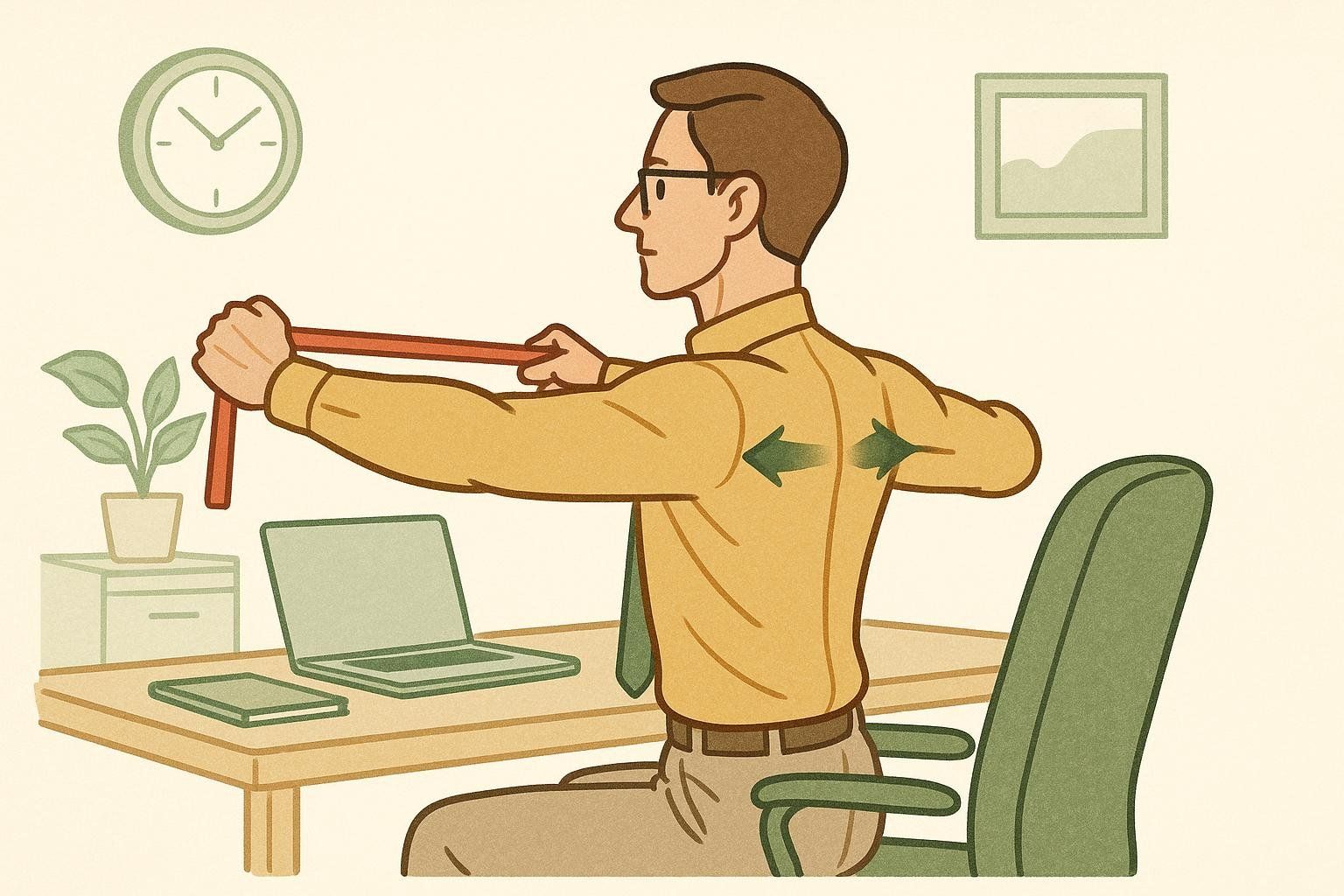
If desk life has rounded your shoulders and knotted your neck, prioritize scapular stability drills:
- Band Pull-Apart micro-workouts (2 × 20 every 3 hours)
- Wall Slides & Scapular Clocks
- Foam-rolling the thoracic spine followed by deep breathing
Pair these with the mobility circuit in our office-friendly routine to stay pain-free.
Nutrition & Recovery Hacks for Trap Hypertrophy
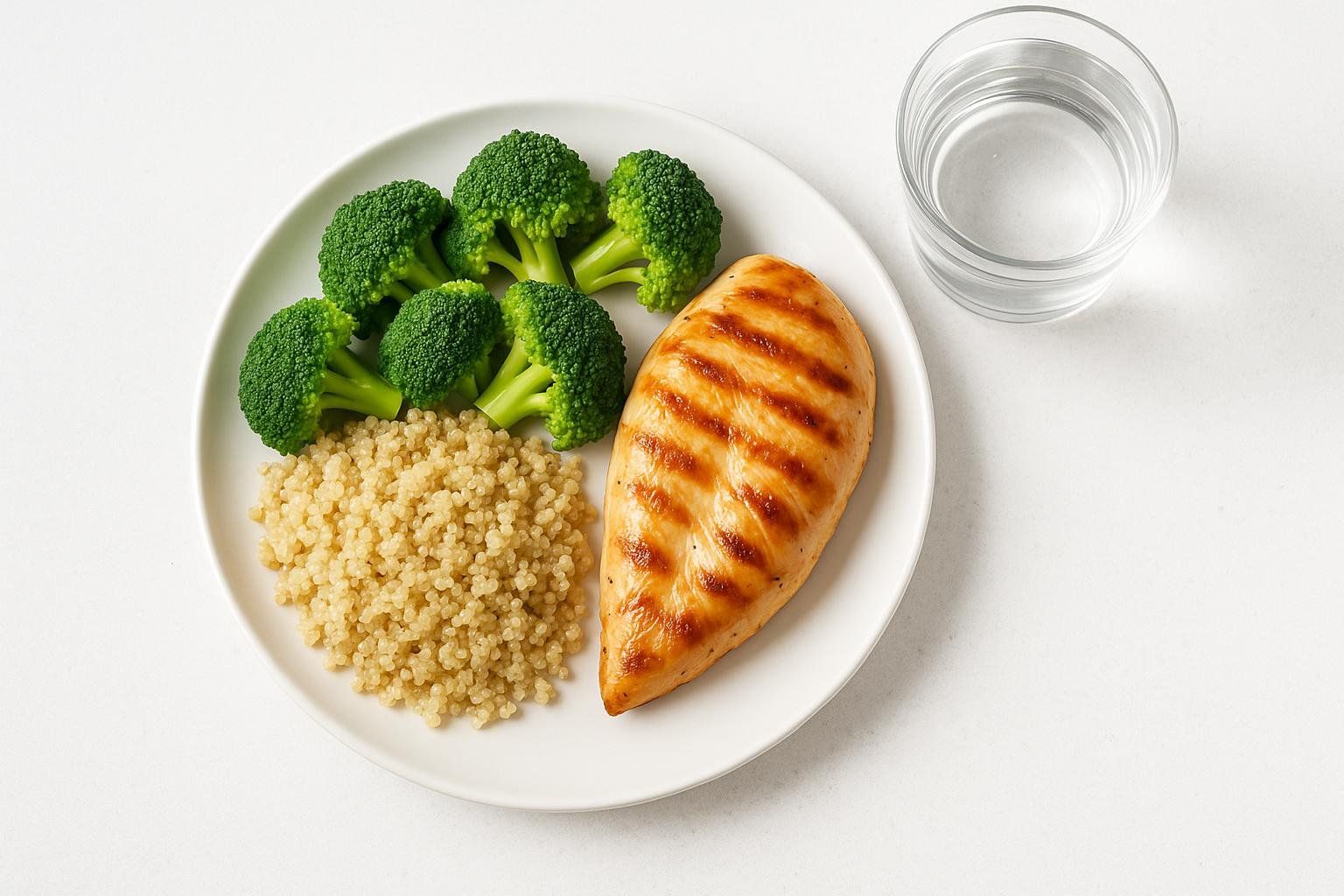
- Protein: Aim for 1.6–2.2 g/kg of body weight daily (ISSN Position Stand).
- Calories: Maintain a small surplus of 250–300 kcal to accelerate growth without excess fat.
- Creatine & Beta-Alanine: Evidence-backed supplements for power output.
- Sleep: Fewer than seven hours can reduce muscle-protein synthesis and raise injury risk (according to a 2021 study).
- Active Recovery: Low-intensity cardio and foam rolling tips speed nutrient delivery.
Measure What Matters: Track Trap Growth With DEXA
Unlike the bathroom scale or mirror selfies, a BodySpec DEXA scan tells you exactly how much lean mass sits in each region of your body—including your upper back. Scan at Week 0 and Week 12 to see:
- Regional lean-mass changes (left vs. right traps)
- Body-fat shifts from your improved metabolism
- Bone density trends that influence lifting longevity
Ready to quantify your progress? Book a scan at one of our mobile clinics and bring real data to your training.
For help reading your results, check our guide to interpreting DEXA scan results.
Rapid-Fire FAQ
What’s the fastest way to grow traps?
Prioritize heavy shrugs and carries 2–3 times per week, progressively overload, consume ample protein, and recover well. Consistency beats shortcuts.
Can I build traps without a gym?
Yes. Band face pulls, backpack shrugs, and towel-held isometrics activate the same fibers at home.
Are upright rows bad for your shoulders?
Upright rows place the shoulder in internal rotation under load, which can pinch the rotator cuff—especially if elbows rise above shoulder height. Using a wider grip, limiting elbow height, or swapping for wide-grip shrugs or cable face pulls can provide similar trap stimulus with less impingement risk.
How long until I see results?
Beginners often notice better posture within 2–4 weeks. Visible hypertrophy typically appears around 8–12 weeks—exactly why our program is that length. (Body recomposition timeline)
Key Takeaways
- Prioritize heavy shrugs, carries, and rows to hit all three trap regions.
- Follow the phased program (Foundation → Overload → Specialization) to ensure continuous progress.
- Use a DEXA scan before and after the 12 weeks to objectively measure real muscle growth and adjust your plan.
Commit to the next 12 weeks and your shirts—and posture—will never look the same.
